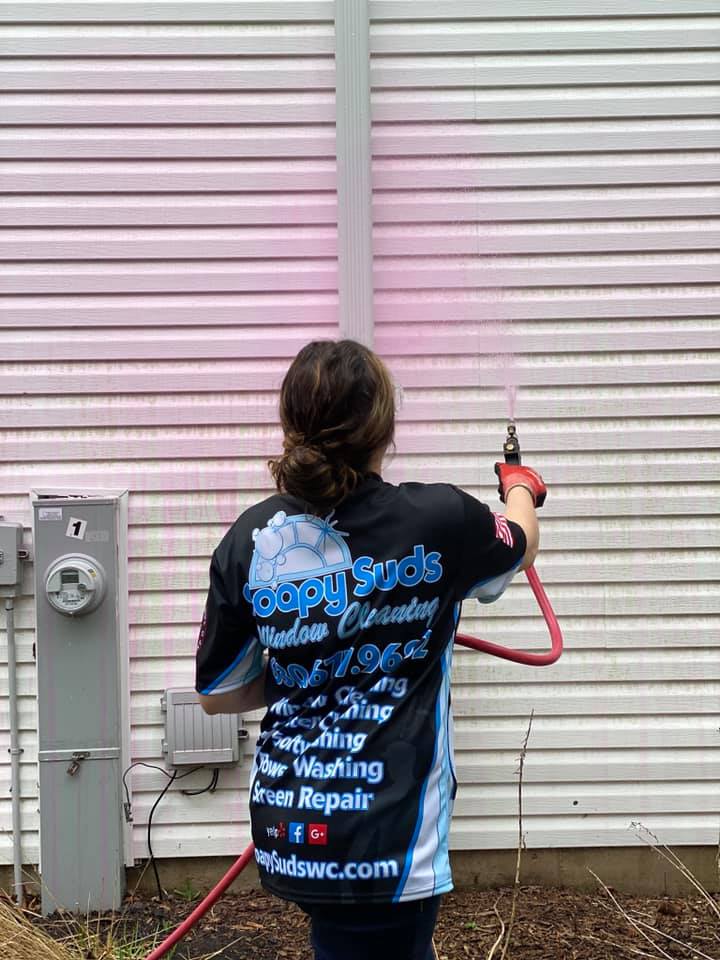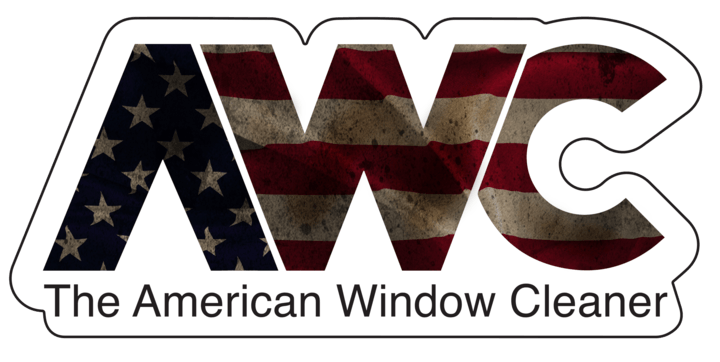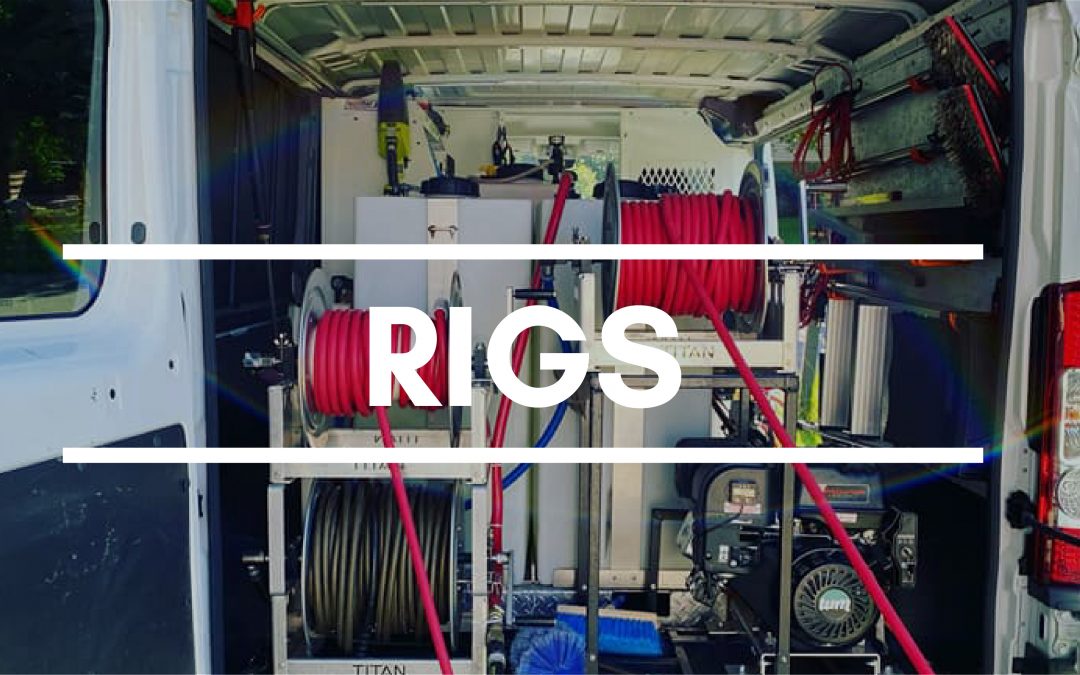The Covid-19 pandemic has made us all much more aware about the need for wearing masks and respirators. However, this need is not new for the pressure washing industry. It’s just a safety need that many companies do not implement most of the time.
The chemical of choice in the pressure washing industry is sodium hypochlorite, a.k.a. SH or bleach. Bleach kills gloeocapsa magma which is a type of algae that creates black streaks on siding and roofs. With COVID-19, bleach has quickly gained huge popularity and acceptance as a disinfectant, but pressure washers have been using it for years. The concern is the more you use sodium hypochlorite, the more of a tolerance you build to its odor -but the fumes are not safe.

Credit: Andrei Jose Pagsisihan
Bleach is used in pressure washing because it kills organic matter including virus and bacteria. However, it is also dangerous for the same reason. Bleach reacts with biological tissues – including eyes, skin, lungs, and mucous membranes – and irritates and/or kills cells from protein denaturation. Bleach’s protein denaturation reacts more severely with sensitive tissues, such as the eyes and the respiratory system, and less severely with tougher tissues, like the GI tract and skin.
For example, if bleach splashes in your eye, the natural moisture in your eye combines with the liquid bleach to form an acid, and even a small dose of consumer-grade bleach can cause serious damage. If a little consumer-grade bleach gets on your skin, however, it may only make your skin feel slick. That is because the bleach is eating away at and dissolving the proteins in your top dead-layers of skin. If that bleach is stronger or left on longer, it can cause more serious chemical burns.
Without a proper respirator, the same sort of process can happen to your mucous membranes as well as your lungs.
Research Finds Extended Use of Bleach Can Damage Lungs
Several studies have now been conducted to see how prolonged expose to the fumes from bleach may impact lung function.
In 2018, the University of Bergan in Norway released its findings from a 20-year study that followed 6,000 participants. The study found that occupational cleaners – i.e., those who use cleaning products such as bleach at least once a week in their homes – showed the highest amount of lung damage, and showed a marked decrease in lung function compared to those who did not.
These findings are similar to a 2017 French study that followed 55,000 registered nurses with no prior history of chronic obstructive pulmonary disease (COPD). Over 8 years, the study determined that nurses who used disinfectants, including bleach, at least once a week showed a 24 to 32 percent increase in developing COPD.
COPD is a blanket term that covers a range of lung conditions, including things such as chronic bronchitis and emphysema. People with COPD have difficulty emptying the air from their lungs due to narrowed airways.
OSHA 1910.134 Requirements
If the potential hazards of inhaling bleach fumes are not enough to convince you that you need to have your team wear a respirator, perhaps the potential fines are.
OSHA 1910.134 regulation relates to the need for respirators. If you have employees, OSHA 1910.134 (a)(2) is the key law that you need to know. It states the following:
A respirator shall be provided to each employee when such equipment is necessary to protect the health of such employee. The employer shall provide the respirators which are applicable and suitable for the purpose intended. The employer shall be responsible for the establishment and maintenance of a respiratory protection program, which shall include the requirements outlined in paragraph (c) of this section. The program shall cover each employee required by this section to use a respirator.
In 2018, this was the fourth most commonly cited standard by OSHA, and it was the 5th most cited in 2019. The majority of the citations were for using respirators that had not been medically evaluated or that were not fit tested properly.
In other words, OSHA requires not only that your employees wear the proper respirator, but they must also wear it properly, including having it fit tested.
PWNA’s Respirator Training Course
The Power Washers of North America (PWNA) puts safety training first. As such, the PWNA requires Respirator Training along with OSHA 1910, Environmental and DOT to be completed before PWNA members can obtain any certification. PWNA Respirator Training includes, but is not limited to, the proper types, use and fitting of a respirator.
Additionally, the PWNA respiratory training class is available for free to all PWNA members and their employees. PWNA safety classes are now available online. To learn more, visit PWNA.org/education.

About the Writer
Allison Hester has been writing for the pressure washing industry since 1994 when she was hired as the editor of Cleaner Times Magazine. That was also around the time that she attended her first PWNA convention. Today, Allison is the editor and a freelance writer for numerous clients including The PWNA. She lives in Little Rock, Arkansas, with her husband Michael and their two teenagers, Ethan and Abby.

